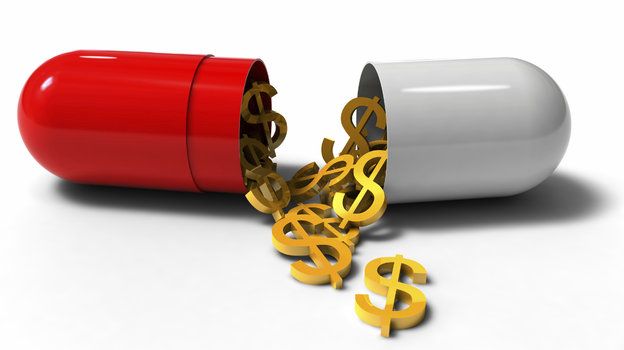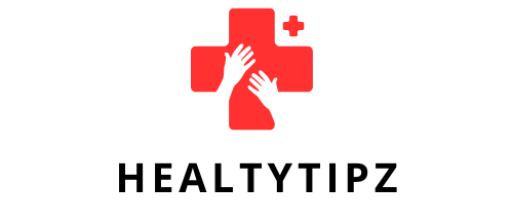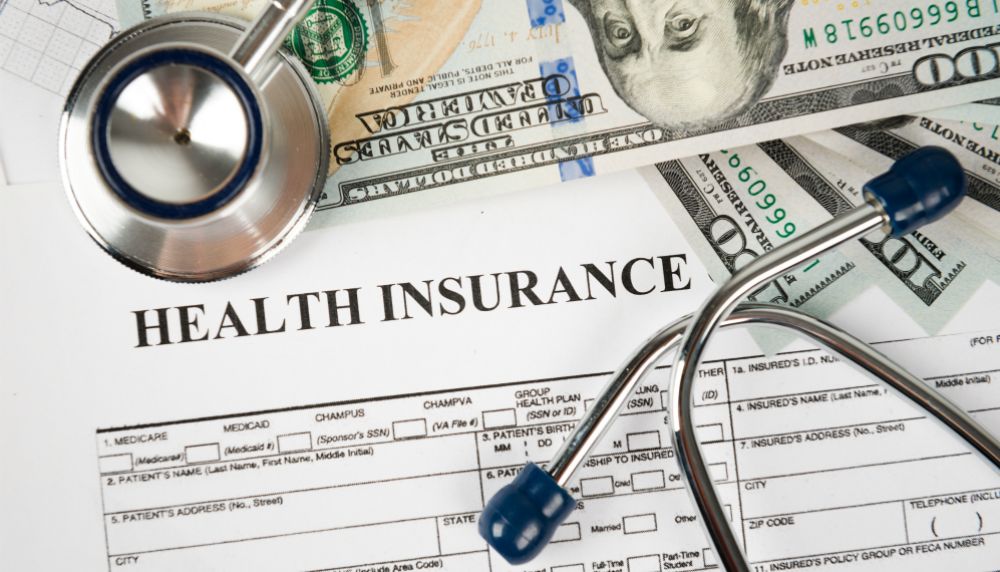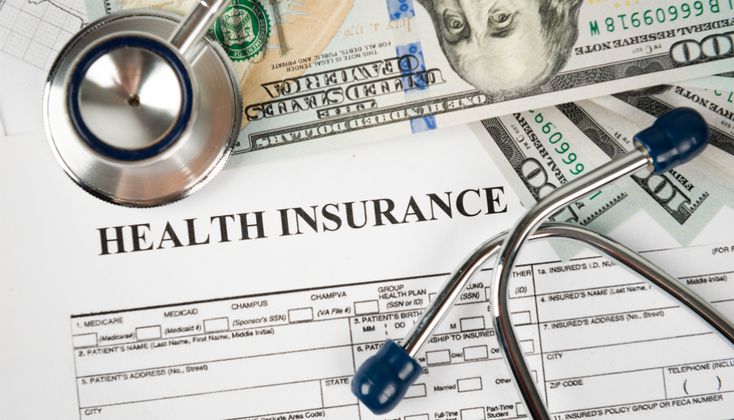How Your Health Insurance Can Help You Save Money on Prescription Drugs
Even with health insurance, the cost of prescription drugs may be very expensive. The amount that many insured people still have to spend out of pocket actually surprises them. The good news is that you may use your health insurance plan to save money on prescription drugs in a number of ways. You may drastically reduce the cost of your prescription drugs with careful preparation and a few secret recommendations.
This post will discuss ways to use your health insurance to save money on prescription medications, including how to use mail-order services, choose generic medications, navigate formularies, and more.

Identify Your Health Insurance Coverage for Prescription Drugs
Understanding your health insurance policy’s drug coverage in its entirety is the first step to reducing prescription costs. A formulary, which is a list of approved drugs arranged into tiers, is a feature of the majority of health plans.
Tier 1 often has the lowest co-pays and contains generic medications.
Tier 2 consists of preferred brand-name medications with reasonable co-pays.
Higher-priced specialty or non-preferred medications may be included in Tiers 3 or 4.
📌 Advice: Prior to filling a prescription, always consult your insurer’s formulary. You could come across less expensive yet equally efficient substitutes.
Whenever possible, choose generic medications.
Selecting generic drugs is one of the easiest and most efficient methods to reduce the cost of your prescription drugs. Although they might cost 80–85% less, generic medications are just as effective and contain the same active ingredients as their name-brand equivalents.
✅ How generics can be used:
Inquire with your physician about the availability of a generic version.
Before filling the prescription, get confirmation from your pharmacist.
To compare prices, use the medication comparison tool provided by your health plan.
Because generic medications are frequently listed in the formulary’s lowest cost tier, your plan will have lower co-pays and less out-of-pocket costs.
Examine and contrast pharmacies in your insurance network.
Even when utilizing insurance, different pharmacies charge different costs for the same medications. Lower negotiated prices are usually offered by in-network pharmacies, and some insurance even have preferred pharmacies with extra savings.
📍 How to make a comparison
To locate in-network or recommended pharmacies, use the website or mobile app of your insurance company.
Use online pricing comparison services (such as GoodRx or SingleCare) or give your neighborhood pharmacy a call.
Verify whether some pharmacies under your plan provide a 90-day supply at a discounted price.
Make use of 90-Day Supply or Mail Order Services
A 90-day supply of maintenance drugs can be obtained through mail-order pharmacy services offered by many insurance plans, which can be less expensive than purchasing them on a monthly basis at a retail pharmacy.
Advantages of ordering prescription drugs by mail:
Reduced 90-day supply co-pays
Free delivery to your house
Easy monitoring and auto-refill options
📦 Mail-order is particularly useful for controlling long-term health issues including diabetes, asthma, and high blood pressure.
Ask Your Doctor About Therapeutic Alternatives.
If your recommended drug is not covered by your insurance or is in a high-cost tier, consult your doctor about a therapeutic alternative.
These are different medications that cure the same illness efficiently, but can be:
in a lower formulation tier
Available as a generic.
Covered with a reduced copay
Doctors frequently do not know your plan’s formulary, so bring a written copy or display it on your mobile device during the consultation.
Apply for Prescription Drug Discount Programs.
Even with insurance, you may use discount programs and coupons to lower your out-of-pocket expenses. This includes:
Manufacturer coupons are offered by pharmaceutical firms for brand-name medications.
Pharmacy discount plans are available from CVS, Walgreens, Walmart, and other retailers.
Nonprofit aid programs, such as NeedyMeds or RxAssist.
Check your health plan’s restrictions to see whether combining insurance with coupons or discount cards is allowed.
Stay inside your annual deductible strategy
Your insurance plan may include a deductible that you must fulfill before coverage begins. In certain situations, it is wise to schedule refills so that they count against your deductible or out-of-pocket maximum early in the year.
For example:
Refill high-cost medicines in January to begin working towards your deductible.
Use mail-order refills to fulfill deductibles faster.
This strategy helps you save money later in the year when your insurance covers more of your expenses.
Talk to Your Insurance Provider About Cost-Management Options
Many health insurance providers provide case management programs or clinical support services to assist you in finding cost-effective treatment alternatives, including prescription drugs.
Contact your insurance provider to inquire about:
Medication Therapy Management (MTM)
Prior authorization help.
Step treatment programs (using less expensive medications first)
They may even collaborate with your doctor to approve less expensive alternatives or speed the approval procedure for covered medications.
Use Flexible Spending Accounts (FSA) or Health Savings Accounts (HSAs).
If you have an FSA or HSA, you can use pre-tax money to purchase qualified prescription medicines. This will not reduce the price of the drug, but it will save you money on taxes.
💳 Eligible expenses are:
Co-payments and coinsurance for medicines
Over-the-counter drugs (with a prescription)
Prescription glasses and other medical supplies
Using these accounts efficiently can result in savings of up to 30%, depending on your tax status.
Review your plan annually during open enrollment.
Every year, health insurance policies and formularies undergo changes. During open enrollment, compare your current plan to others to ensure that it still satisfies your prescription needs at an affordable cost.
📝 While evaluating plans:
Check out the list of covered medications.
Compare premium and co-pay expenses.
Check out mail-order perks and drugstore networks.
If your drugs are no longer covered or have moved to a higher-cost tier, switching coverage might save you hundreds of dollars each year.
Final Thoughts: Smart Strategies Mean Big Savings
Managing prescription medication prices with health insurance does not have to be difficult. Learning how your plan works, purchasing generics, comparing pharmacy pricing, and using mail-order services can help you save a lot of money on drugs.
To summarize, here is a brief checklist:
✅ Understand your plan’s formulary. Choose generics wherever feasible.
✅ Compare in-network pharmacy prices:
✅ Use 90-day supply or mail-order. Inquire about therapeutic alternatives. Utilize manufacturer discounts and discount schemes. Time refills wisely to optimize deductible value. Use FSA or HSA funds
✅. Reevaluate your plan during open enrollment.
Being proactive can help you save money and stay healthy while maintaining high-quality treatment.



